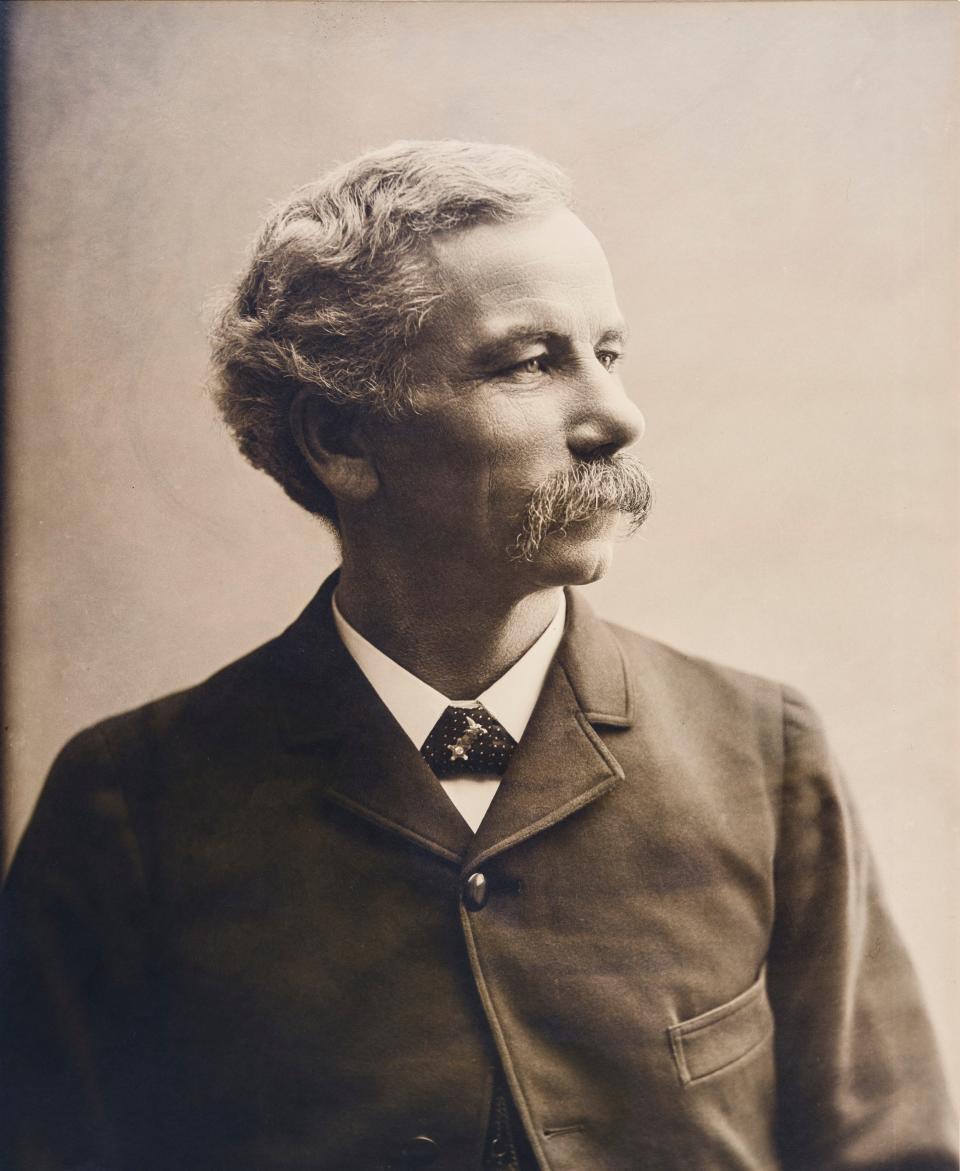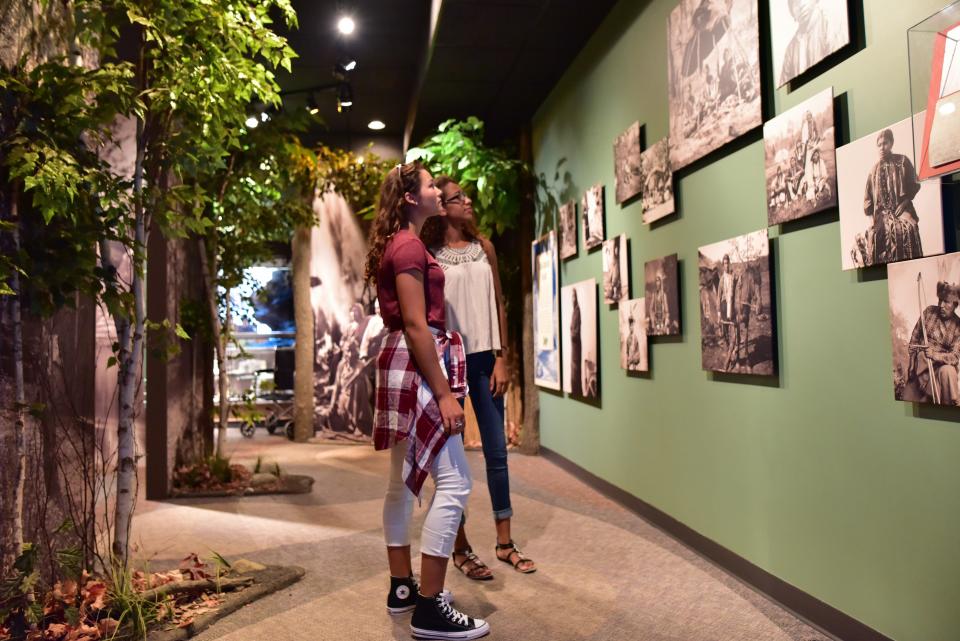Hurry! Days are getting shorter and there's still lots of hiking, stargazing and touristing to do
Our days are already getting shorter.
I'm a naturally early riser. Somewhere in my mid-20s I developed the habit of getting up around 5 a.m., and it stuck. Around the time of the summer solstice, that means that it's pretty light when I'm sipping on my first cup of coffee. But now, only a week or so after the official first day of summer, I'm noticing that the light is a little dimmer, a little more filtered.
This fills me with a sense of urgency. I mean, I've got a lot more summer to do! Biking, kayaking, running and walking the dog, and everything else is such a joy to do in summer's early-morning hours.
Another thing I've gotta do more of this summer, morning or not: hiking. I've only been out to the nearest segment of the Ice Age Trail once so far since things greened up and that's almost a crime.
A recent story by Chelsey Lewis reminded me of what I'm missing. She highlighted a handful of oddities that can be found in various places along the trail:
► 5 unusual things to see along the Ice Age Trail, from an airplane wreck to a Stone Elephant
I'd like to add another. If you hike the Plover River Segment of the trail in Marathon County north of Highway 52, you can often catch a glimpse of the Antigo Air Force Station, once the home of the 676th Radar Squadron. The Cold War installation was opened in 1952 and closed in 1977.
Laura Schulte wrote about it a few years ago:
► Fallout from Cold War lingers in Wisconsin
It's difficult to see in the summer. You have to peer through the jungle-like trees and ferns and plants (don't forget mosquito repellent). In the winter it looms over the snowy landscape and it gives off an eerie vibe through bare trees. If you go, the best parking spot is in an Ice Age lot located on Highway 52 about three miles west of Highway 45. Take the trail north, and watch for the old station off to the east. You can see a boulder train there too!
One of the great things about the Ice Age Trail is that no matter where you are in the state, you're likely pretty close to a segment. And although it does have its rugged areas, you don't have to be a monster athlete to enjoy it. Heck, you don't even have to like hiking.
📫[Sign up to get the Be Wisconsin newsletter in your inbox every Friday]
📰[We can’t write this newsletter without your support. Become a subscriber today]

Dark sky wonders
Meanwhile, although long days do make it easier to get out and about, dark nights have their particular joys, too. And some people in the Driftless area want to enhance and preserve the beauty that comes from keeping man-made light from overwhelming the landscape.
► A Driftless Region county is aiming to be a new frontier in protecting Wisconsin's darkest skies
Everybody is trying to make the most of summer
This state is for the birds
► DNR's new prairie chicken plan offers hope for threatened species in Wisconsin

Didja know? A Wisconsin fact drop.
Didja know that the oldest business in Wisconsin Dells is also believed to be the oldest continuously operating photography studio in the country? The H.H. Bennett Studio & Museum, operated by the Wisconsin Historical Society, tells the story of Bennett, a Civil War soldier who was seriously wounded when his gun accidentally fired.
Bennett purchased a tintype portrait studio in Wisconsin Dells — then known as Kilbourn — in 1865. Because of limited demand for portraits, Bennett started taking photos of the landscape around the town. Those arresting images helped make the area a tourist destination. Bennett is sometimes called "the Father of the Dells."
He became one of the best-known photographers of the era and well beyond. In 1963, the Museum of Modern Art selected Bennett as one of the nation's top landscape photographers.
— Source: Wisconsin Historical Society

Contact Keith Uhlig at 715-845-0651 or kuhlig@gannett.com. Follow him at @UhligK on Twitter and Instagram or on Facebook.
This article originally appeared on Milwaukee Journal Sentinel: Wisconsin Ice Age Trail oddities, protecting Dark Sky wonders

